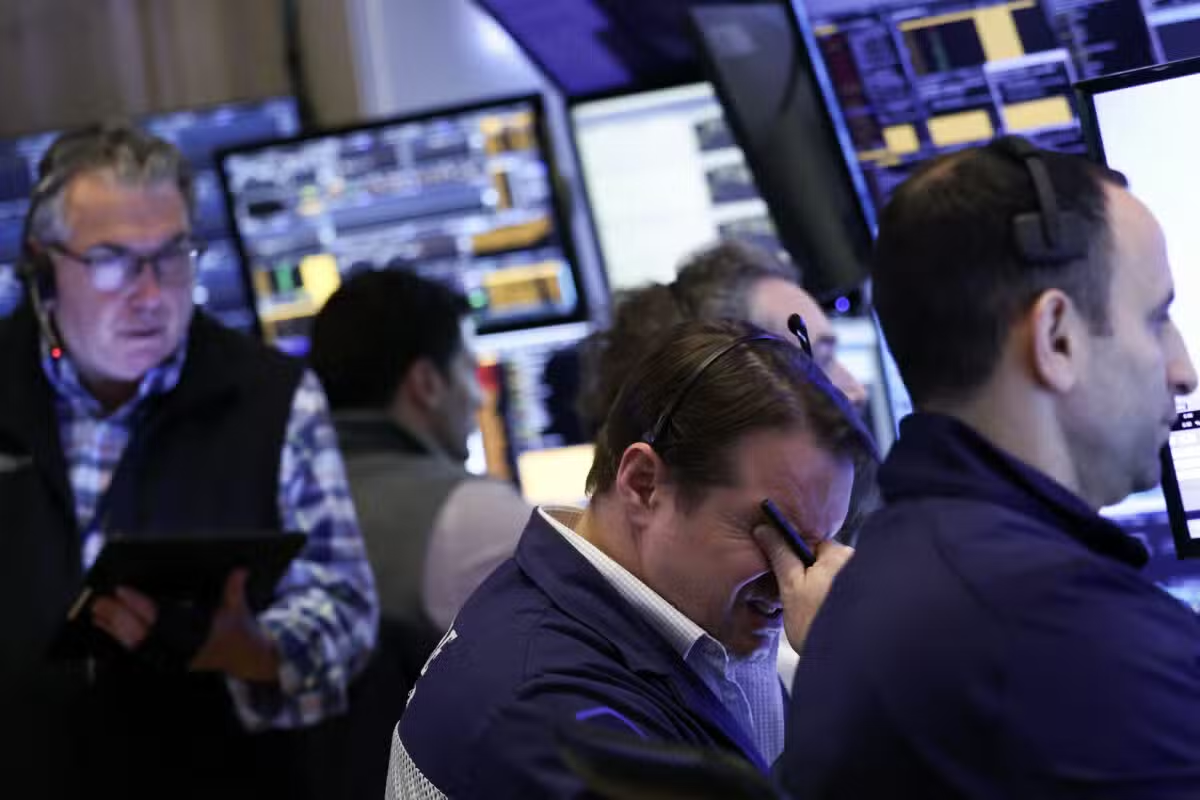Amid conflicting reports and economic forecasts, President’s inner circle remains optimistic, asserting that the repercussions of the recent policy changes will be transient and that the economy will emerge stronger and more resilient. This bold statement comes at a time when numerous economists are expressing concerns about the potential for heightened inflation and a deceleration in economic growth.
The focal point of this debate hinges on the administration’s recent legislative actions, which include significant adjustments in fiscal policies aimed at stimulating the economy. The government has proposed increases in infrastructure spending and adjustments to tax policies, which they believe will create jobs and boost domestic production. However, the counterargument, presented by a sizable faction of economic experts, suggests that these changes may instigate inflationary pressures without the promised long-term benefits.
One of the central concerns revolves around the concept of inflation, which refers to the rate at which the general level of prices for goods and services rises, eroding purchasing power. Economists who are wary of the administration’s plans argue that the influx of government spending could lead to an overheated economy. This scenario typically occurs when an increase in demand (fueled by higher spending) outpaces supply, leading to higher prices. An inflationary environment can be detrimental, particularly to low and middle-income earners, as it diminishes the value of their earnings.
Conversely, the President’s team is focusing on potential benefits. Increased government spending on infrastructure, for instance, is not merely a tool for immediate economic stimulation. It is viewed as an investment in the country’s future competitiveness and efficiency. By improving transportation, technology, and utilities, the administration anticipates a multiplier effect that will spur private sector investment and innovation, thereby expanding the economy’s capacity and productivity over the long term.
The debate also touches on the aspect of economic growth. Critics of the plan assert that the proposed fiscal policies might stifle growth by leading to restrictive monetary policies. If inflation rises too quickly, the central bank may be forced to hike interest rates to keep it in check, making borrowing more expensive. This in turn could lead to reduced consumer spending and business investment, thereby slowing economic growth.
On the other hand, the administration maintains that their strategic focus on sectors like technology and renewable energy, coupled with infrastructure development, will diversify the economy and open new avenues for growth. They argue that these sectors represent the future of global industry, and positioning the economy towards these areas will facilitate sustainable growth, even in an environment of potentially higher interest rates.
Furthermore, the President’s advisers believe that these strategies will make the economy more robust against global economic shocks. By fostering a self-reliant economic structure that prioritizes innovation and efficiency, the risk of economic downturns caused by external dependencies, such as oil imports or foreign manufacturing, could be mitigated.
In conclusion, the divergent viewpoints on the economic trajectory reflect a broader debate about risk and reward. While the administration is praised for its forward-thinking and potentially transformative economic strategies, these commendations are tempered by cautionary advice from economists who foresee possible challenges ahead. The outcomes of these policies will hinge significantly on their execution and the global economic climate. As discussions unfold and further economic data becomes available, stakeholders remain vigilant, hoping that the long-term benefits will ultimately outweigh the risks involved.










